 (1).png)
 (1).png)
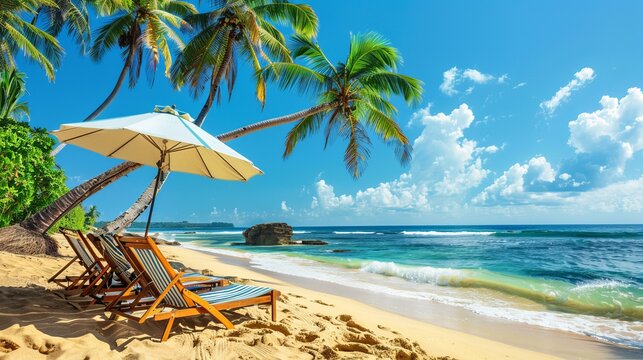
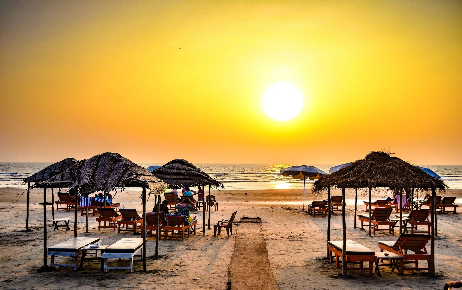
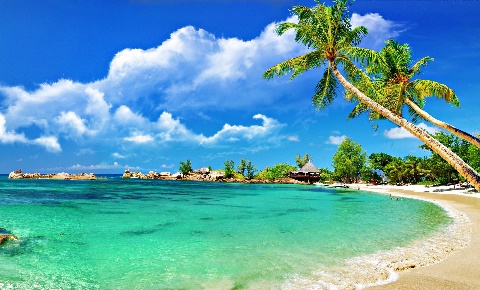
Goa is a state on the southwestern coast of India within the Konkan region, geographically separated from the Deccan highlands by the Western Ghats. It is bound by the Indian states of Maharashtra to the north, and Karnataka to the east and south, with the Arabian Sea in the west. It is India's smallest state by area and fourth-smallest by population. Goa has the highest GDP per capita among all Indian states, two and a half times as high as the GDP per capita of the country as a whole. The Eleventh Finance Commission of India named Goa the best-placed state because of its infrastructure, and India's National Commission on Population rated it as having the best quality of life in India (based on the commission's "12 Indicators"). It is the second-highest ranking among Indian states in the human development index. Panaji is the state's capital, while Vasco da Gama is its largest city. The historic city of Margao in Goa still exhibits the cultural influence of the Portuguese, who first voyaged to the subcontinent in the early 16th century as merchants, and conquered it soon thereafter, whereupon Goa became an overseas territory of the Portuguese Empire, part of what was then known as Portuguese India, and remained as such for about 456 years until it was annexed by India in 1961. Goa's official language, which is spoken by a majority of its inhabitants, is Konkani. Goa is visited by large numbers of international and domestic tourists each year because of its white-sand beaches, active nightlife, places of worship, and World Heritage-listed architecture. It also has rich flora and fauna because it lies very close to the North Western Ghats rainforests, one of the rare biodiversity hotspots of the world.
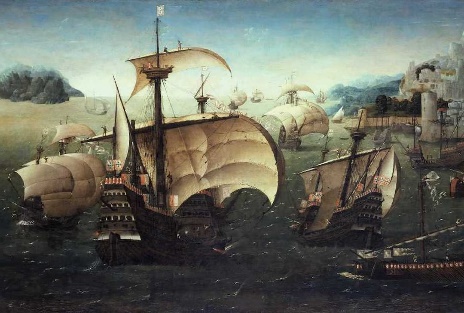
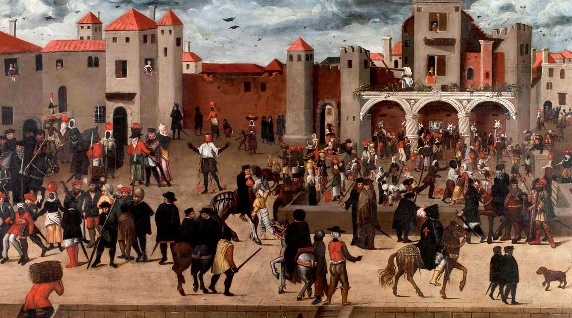
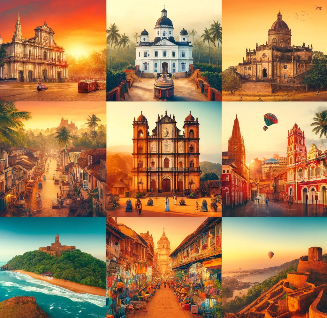
It was ruled by the Kadamba dynasty from the 2nd century CE to 1312 and by the Deccan from 1312 to 1367. The city was then annexed by the Kingdom of Vijayanagara and was later conquered by the Bahmanī sultanate, which founded Old Goa on the island in 1440.The Portuguese invaded Goa in 1510, defeated the Bijapur Sultanate. The Portuguese rule lasted for about 450 years, and heavily influenced Goan culture, cuisine, and architecture. In 1961, India took control over Goa after a 36-hour battle and integrated it into India. The area of Goa was incorporated into Goa, Daman and Diu, which included the Damaon territory in the north of the Konkan region. In 1987, following the Konkani language agitation Goa was granted statehood. Goa has one of the highest GDP per capita and Human Development Index among Indian states.
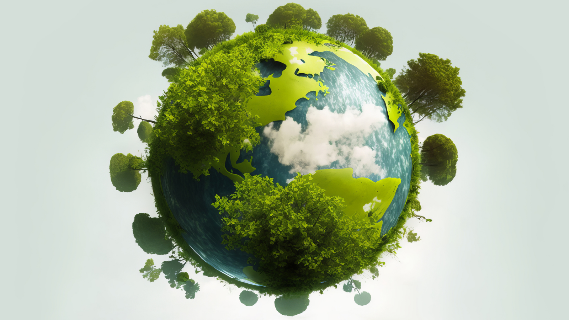
The average high stands around 30°C while the low falls to mid-teens. During this time the city receives a reduced level of sunshine as July gets not more than three hours of sunshine per day. Many Goans feel that the monsoon is when the state is at its very best. The hottest month of the year in Goa Velha is May, with an average high of 90°F and low of 81°F. The cool season lasts for 2.1 months, from July 2 to September 5, with an average daily high temperature below 84°F. The coldest month of the year in Goa Velha is January, with an average low of 74°F and high of 87°F.
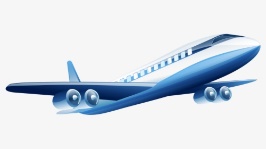
Goa international airport is located at Dabolim - 30 km away from Panjim. Multiple domestic airlines like Jet Airways, Air India, SpiceJet and IndiGo provide daily flights from major cities such as Mumbai, Bangalore, Delhi, Hyderabad, Pune, Chennai, Jaipur, Ahmedabad.

Goa has two major railway stations — Margao and Vasco-da-Gama, both located in the southern area of the state. The South-Central Railway terminus is at Vasco-da-Gama and the Konkan Railway terminus is at Margao.

